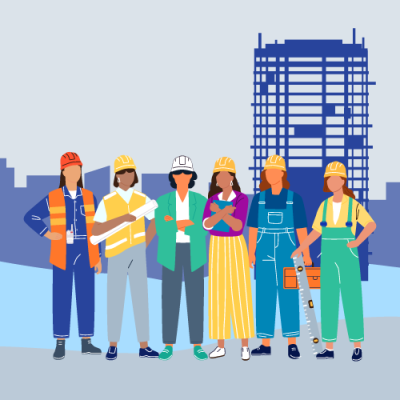Safety Begins at the Top!
Tuesday, July 16, 2019 Greg Santo
What exactly is that, how can it be described, how can it be measured?
"We shall do no job unless that job can be done safely," is a motto embraced by many organizations, but do they really? In this article we will provide some talking points on some ideas on those organizations that walk the talk, so to speak. The following are some of things OSEA has noted in those organizations with a strong safety culture where safety begins at the top:
- Executive management passionately believes in the value of safety and understands the return on investment of a sound safety and health program.
- A statement declaring the organization’s safety commitment is the introduction to the safety manual.
- Management has established a dynamic safety manual with policies and procedures that are used from the top executives to the newest employee.
- Suggestions on improvement of the safety manual are encouraged from all team members.
- Annual reviews of safety programs are routinely performed with supervisory and front-line employees.
- Senior staff members mentor newer employees and jointly develop approaches to safely perform tasks.
- Safe behavior is encouraged and rewarded.
- Positive behavior is rewarded with gift cards, paid time off, free lunch, etc.
- Personal protective equipment (PPE) is selected on comfort, not lowest price.
- Poorly fitted PPE may not be used, higher quality PPE may last longer and be more comfortable.
- Management personnel use personal protective equipment as required. The adage, “I’m just passing through the work area” is not acceptable for anyone. All personnel use PPE when in areas where it is required.
- An adequate budget is established for safety including training.
- New employees are provided safety orientation training before assigned to work areas.
- Hazard communication training includes in-depth training to read the safety data sheets specific to the work environment.
- Job tasks are broken down and a job safety analysis is performed frequently.
- Medical surveillance programs are provided for those areas where required.
- Industrial hygiene measurements are performed every three years and whenever a change in the system is made.
- Safety is included as a topic in all meetings
- Safe work permits are reviewed and approved for any activity by outside contractors. This would include hot work, permit required confined space entry, disturbance of soils, working at heights, and the use of lifting devices.
- Safety data sheets (SDS) are automatically reviewed by safety before any new chemical before it can be used, and before it is purchased.
- Senior management works with front line employees to assess hazards and to make changes in operating procedures.
- Jobsite security is taken seriously. All visitors or contractors are issued visitors or contractors passes when they arrive onsite.
- The emergency action plan is routinely tested and drills for egress are routinely performed. Interaction with the local fire department and fire marshal is encouraged.
- Operational plans include safely performing work and accommodating training schedules.




.jpg)